Typhoon Matmo and “extreme weather combination” cause record floods, drag down Vietnam’s economic growth
According to the Ministry of Agriculture and Environment , natural disasters from the beginning of 2015 until now (October 15) have caused very serious consequences, with property damage estimated at nearly 54,000 billion VND. This figure does not include tens of thousands of billions of VND spent on repairing cars submerged after floods... This year's natural disasters are very unusual, reducing Vietnam's growth by more than 0.2%.
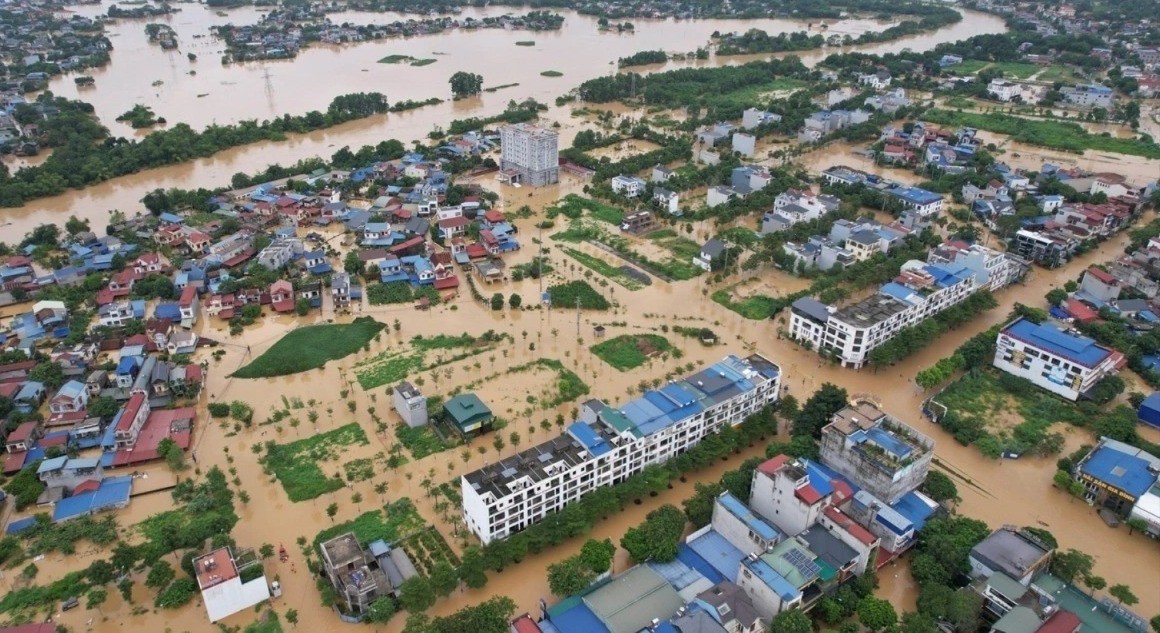
The recent series of storms and floods that have exceeded historical standards show that climate change is pushing Vietnam into a new cycle of natural disasters, which are more extreme and difficult to predict. As “floods on floods” and “storms on storms” become the new normal, changing the way natural disasters are prevented and managed is an urgent requirement.
Regarding this issue, Dr. Luong Huu Dung, Director of the Center for Hydrological and Oceanographic Research - Institute of Meteorological Sciences, Hydrology and Climate Change (Ministry of Agriculture and Environment) said: "Storm Matmo will concentrate from October 6 to 8, 2025, which is quite unusual. Normally, heavy rains and floods in the North mainly appear in August or early September, but this year it is 10 minutes late. During this period, the meteorological agency recorded 20 rain records, concentrated in Tuyen Quang, Thai Nguyen, Lang Son and Bac Ninh. Of which, Bac Kan (Thai Nguyen) had rain of 201 mm on October 7, breaking the 61-year rain record in this area. On the same day, October 7, Thai Nguyen had rain of 491 mm, much higher than the 201 mm level in 1978, even higher than the total rainfall in October 1964. In Bac Giang (Bac Ninh), rain on 7/10 to 365 mm, three times the record of 120 mm in 2016. Widespread heavy rain caused floods to rise very quickly, breaking many previously set records. The flood of Cau River at Gia Bay (Thai Nguyen) on October 8 exceeded the historical flood by 1.09 m; Thuong River at Huu Lung (Lang Son) exceeded the historical flood by 1.77 m. The flood of Bang River at Bang Giang (Cao Bang) also exceeded the historical flood by 0.58 m.
According to experts, the North will experience heavy rain and floods for two consecutive years from 2024 to 2025, with many places reaching and exceeding historical levels. "This is a very rare occurrence, showing that the extreme nature of the weather is becoming more and more evident and needs to be given due attention."
Experts explain that the historic flood in October 2025 was the result of a rare extreme weather pattern. After Typhoon Matmo weakened into a low-pressure area on land, the circulation was still very strong and interacted with a wind convergence zone formed at an altitude of about 1,500 to 5,000 m. This combination created a particularly dangerous combination of storm circulation bringing huge amounts of moisture from the sea, while the wind convergence zone acted as a "machine" to lift all that moisture up high, causing strong condensation and forming extremely heavy rains. Unfortunately, the rain center was mainly in the provinces of Thai Nguyen, Lang Son, Bac Ninh and Cao Bang - where the midland and delta terrain intermingled, the river system was dense but the flood drainage capacity was limited. It was this coincidence that created serious flooding.
Not only heavy rain, but also water flow from upstream causes prolonged flooding in the downstream of the North.
Dr. Luong Huu Dung said: "Bac Ninh and Hanoi are located downstream, receiving water from upstream provinces such as Thai Nguyen, old Bac Giang, and Lang Son through the Cau and Thuong rivers. The rain has stopped, but a huge amount of water continues to pour down the downstream area, causing the water level to remain high. Before that, Bac Ninh and Hanoi were already full of water due to prolonged heavy rain, causing the soil to be saturated and the drainage system to be overloaded. The amount of water overflowing into rivers, low-lying areas, and residential areas could not drain out in time."
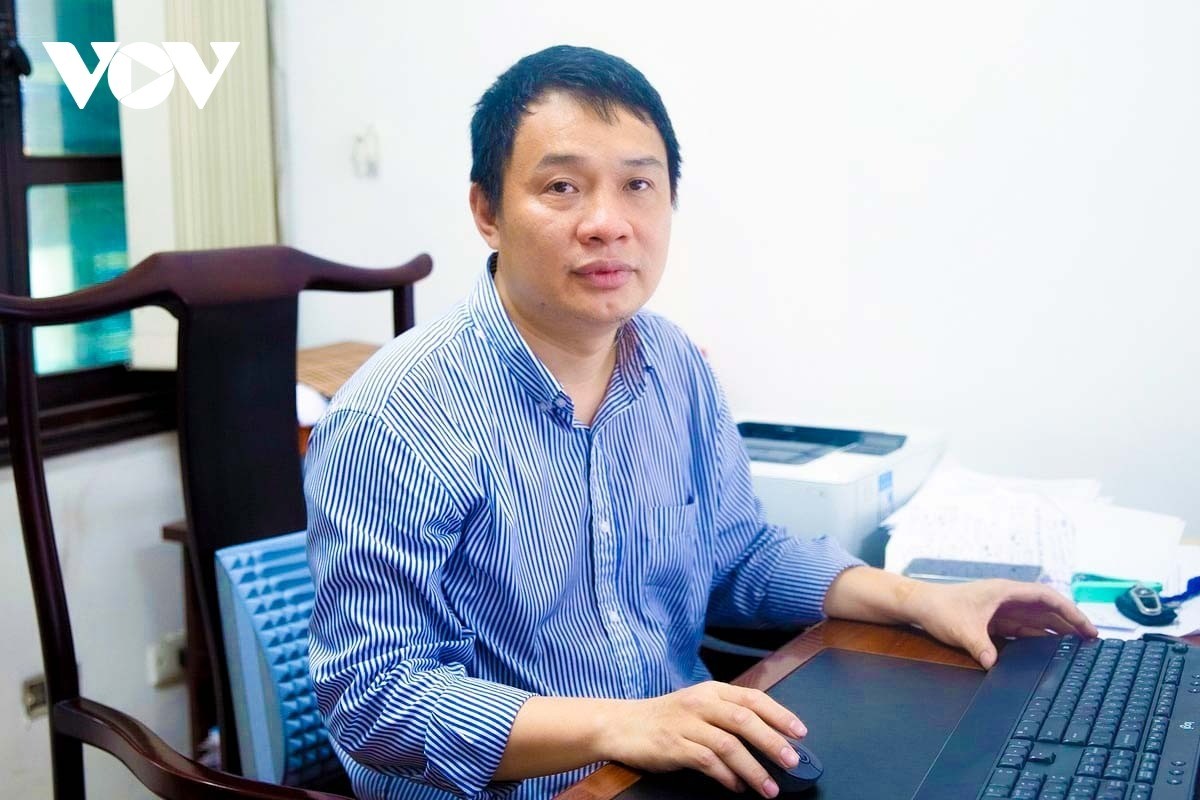
Dr. Luong Huu Dung, Director of the Center for Hydrological and Oceanographic Research - Institute of Meteorology, Hydrology and Climate Change (Ministry of Agriculture and Environment).
The terrain in this area is flat, the rivers are winding, and flood drainage space has been encroached in many places, so the flow is obstructed. The small slope makes the flood drainage capacity weak, the flood transmission speed is slower than normal. All these factors make the water recede very slowly even though it has stopped raining for many days.
The Cau River, the Thuong River and the Luc Nam River are the three main rivers that make up the Thai Binh River system. This system, combined with the Duong River, is responsible for dividing water from the Red River, so when these rivers have large floods, it will significantly impact the Northern Delta, especially the downstream provinces such as Bac Ninh, the old Hai Duong, Hung Yen and Hai Phong. If considered separately, the contribution of the Cau River flood to the entire Northern Delta is not large. The recent flood showed that the direct impact area is mainly the provinces of Thai Nguyen, Bac Ninh, Lang Son and a small part of the Ca Lo River basin in Hanoi.
Dykes are no longer strong enough to withstand extreme floods.
Dr. Luong Huu Dung, Director of the Center for Hydrological and Oceanographic Research - Institute of Meteorology, Hydrology and Climate Change, said: "Flood prevention and management, or water management, needs to change the way of thinking and working. Because the amount of rainfall and flood levels in recent years have far exceeded the capacity of people and existing structures. Instead of just trying to prevent floods, we need to switch to proactive thinking of preventing, adapting and living with floods, especially in places without large reservoirs or high enough solid dykes. Previously, the concept of living with floods often only referred to the Mekong Delta or the Central region as proactive prevention. But with what has been happening in the North in recent years, it is clear that this way of thinking needs to change."
Explaining this issue, Dr. Luong Huu Dung analyzed: "The dike system in the North was built dozens to hundreds of years ago. The main purpose is to prevent floods that often occur with a relatively high frequency, from 1% to less than 10%, meaning that on average there is only one major flood every 10-100 years. Some special dike lines are capable of preventing even very rare floods, occurring less than 1%. However, the current dike system is no longer strong enough to protect against particularly large floods. Reinforcement and upgrading are necessary, but we cannot just keep building high dikes or raising them, or completely changing the planning of existing urban areas. Therefore, proactively living with floods in new conditions is the direction that needs to be considered."
According to Dr. Luong Huu Dung, there are two groups of solutions to respond to extreme events and long-term adaptation. The first is to regularly repair and strengthen the dyke system; dredge rivers; expand urban drainage systems; prevent encroachment on riverbeds and flood escape corridors. In addition, it is necessary to plan additional areas that can contain, store or divert floods according to the characteristics of each river basin to reduce pressure on the main system.
Non-structural solutions include planting more forests in the upstream areas; planning land use appropriately; preserving natural flood drainage areas; and adjusting or developing design standards based on new changes between extreme rainfall and the capacity of the dike system, lakes, and pumping stations.
"At the same time, it is necessary to strengthen forecasting and warning of floods and inundation, and prepare emergency response scenarios such as evacuation, rescue, and relief. In particular, applying modern technology and mastering technology in forecasting, warning of floods and flood management is important and indispensable. Because in the context of climate change, only by combining science, technology, and synchronous management can we minimize damage to people and the economy," Dr. Luong Huu Dung emphasized.
Source: https://baolaocai.vn/lu-chong-lu-bao-cuc-doan-phong-chong-bang-cach-nao-post884776.html








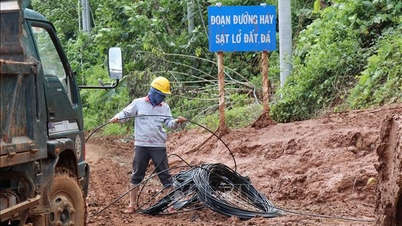

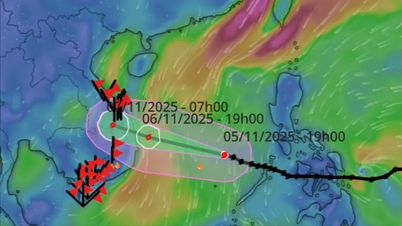

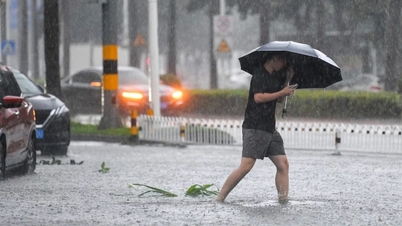

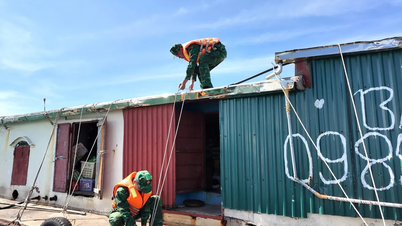
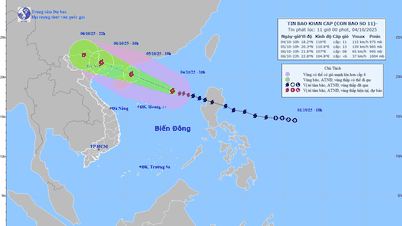



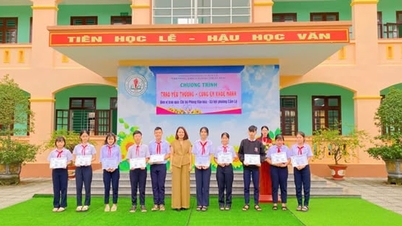

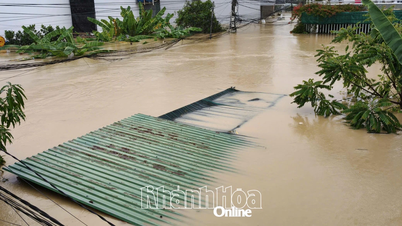

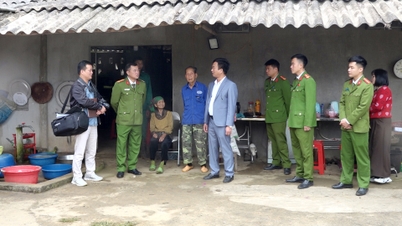

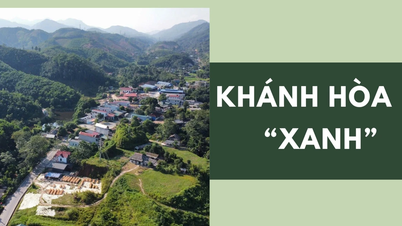
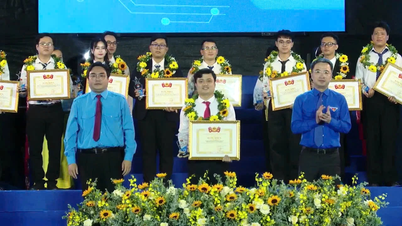







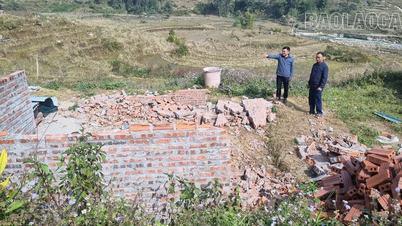

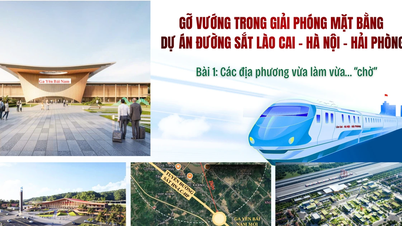
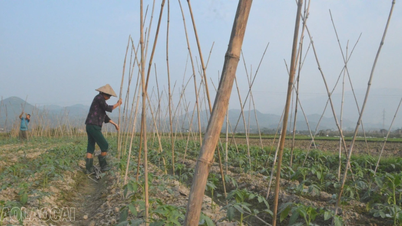















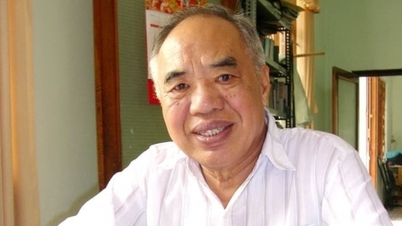


























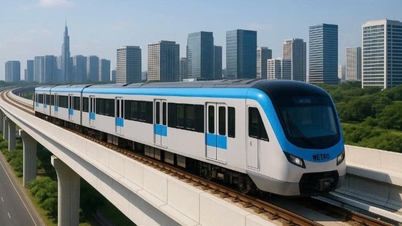










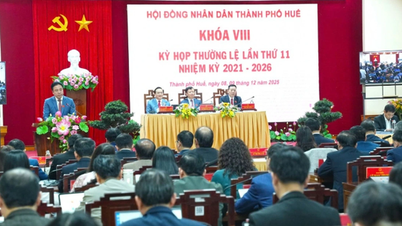
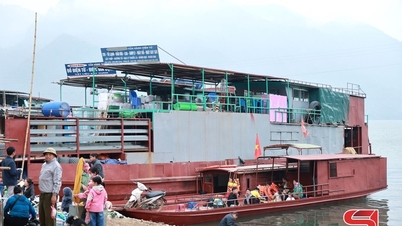



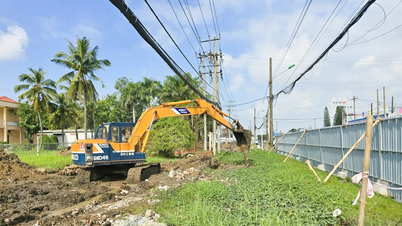



















Comment (0)